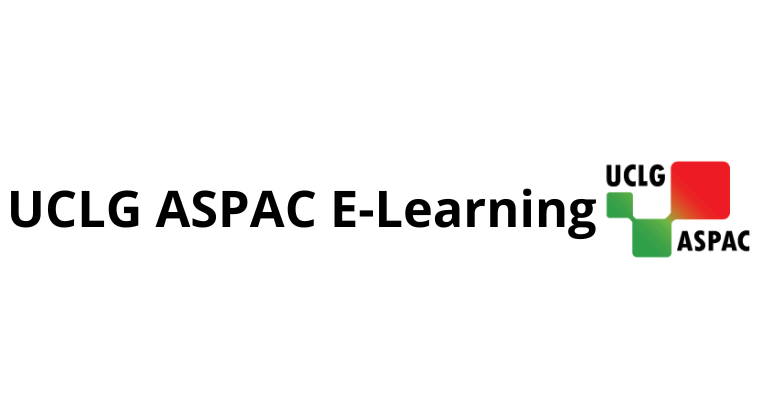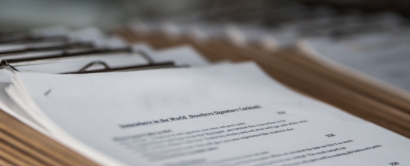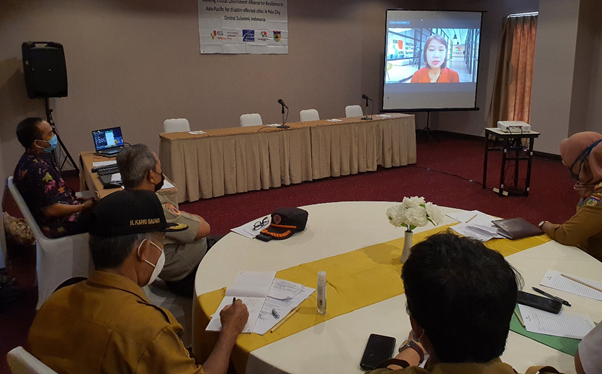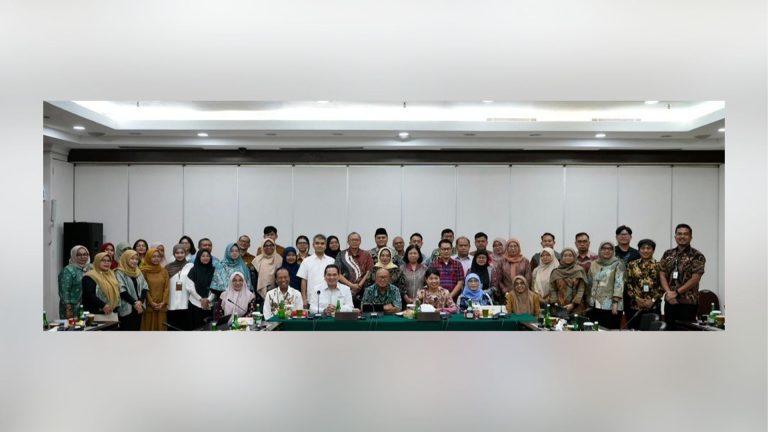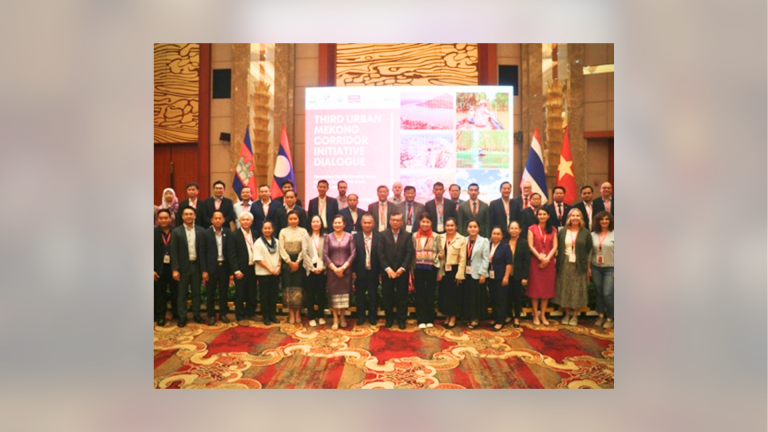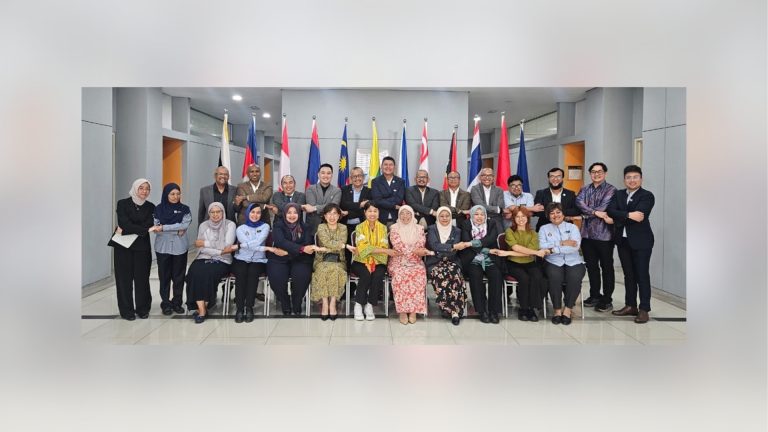27-30 April 2021 | Palu – Following the post-disaster solidarity action to Palu, the collaborative programme between CUF and UCLG ASPAC has moved forward to the next phase. Now, the programme focuses on 1) learning and developing the capacity of Palu City Government’s officials and 2) building a public facility located in the disaster-affected area (Balaroa).
Capacity Development
In consultation with the Local Disaster Agency (BPBD), UCLG ASPAC organised the capacity development workshop on Disaster Risk Study at the Balaroa permanent housing area. A two-day workshop was held on 27th and 28th April, and it was attended by 30 participants from various stakeholders including representatives from the local community.
The workshop was officially opened by Dr. Bernadia Irawati Tjandradewi, UCLG ASPAC Secretary-General, virtually. In her remarks, she mentioned that through the spirit of solidarity among local governments, this programme will continue to help Palu build back better after the disaster in 2018. Dr. Raditya Jati (Deputy of System and Strategy, Indonesia National Disaster Management Agency-BNPB) delivered a keynote and presented the current progress of rehabilitation and resilience level of Palu City. Dr. Ahmad Rijal (City Planning Agency of Palu City Government) emphasised the importance of the development of Disaster Risk Study at the community level. He also shared the vision of the newly elected mayor of Palu regarding his commitment to achieving targets of a resilient city. Dr. Abdullah, the disaster expert from the University of Tadulako Palu, also shared that disaster mitigation and preparedness was the key to reduce the impact of disasters. He acknowledged that awareness-raising and capacity building of the grassroots were crucial as a significant factor for the survival of each individual (34,9%). He also mentioned the need to reduce the response time of the early warning system (EWS) from five minutes to two minutes, considering it only takes 1,43 to 3,36 minutes from tsunami to the earthquake.
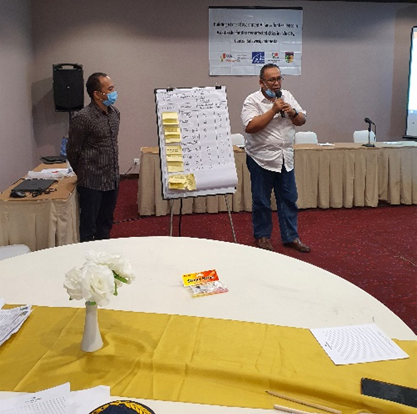
The second day of the workshop focused on the analysis of potential hazards, vulnerability, and capacity level of permanent housing in Balaroa. According to the community living in the area, the permanent housing is still prone to disaster events, such as earthquake, local cyclone, and flooding. It is also at the risk of liquefaction (soil movement). It is because Balaroa permanent housing was developed in rush, as it was urgently needed by local people affected by the disaster. The disaster risk study is, therefore, crucial for the community as it will help to identify the potential risk and hazard, develop the capacity, and enhance the early warning system. The study result document will also be standard for the construction of permanent housing in Palu and will contribute to local strategy on disaster resilience.
Construction of Public Facility at Balaroa – the Focus Group Discussion (FGD)
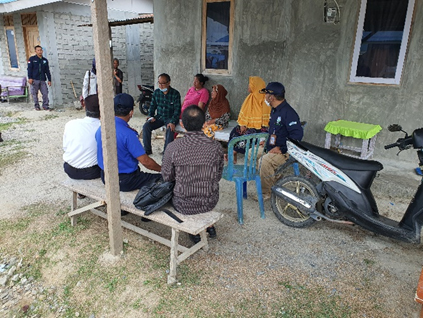
Post-disaster in 2018, Ministry of Planning (Bappenas) declared that Balaroa site is to be designed as green area that can function as public space. CUF-UCLG ASPAC collaborative programme has committed to support. To ensure the support positively contributes to people’s needs, UCLG ASPAC led the bottom-up approach through site visit and organisation of FGD and survey/interview.
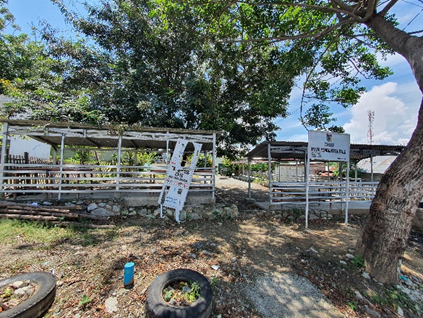
From discussions conducted on 29th and 30th April 2021, there are three alternatives of public facility coming up: 1) a memorial park and a Small and Medium Enterprises centre for local people; 2) public hall (baruga), and 3) child-friendly public park for the disaster learning centre. Besides, discussions also revealed two possible locations for the construction (both outside the red zone): at the Balaroa permanent housing area and in front of the Balaroa administrative office. In June 2021, UCLG ASPAC plans to follow up with a larger audience to discuss the alternatives and to ensure their aspirations and needs are met in the construction of the public facility.



